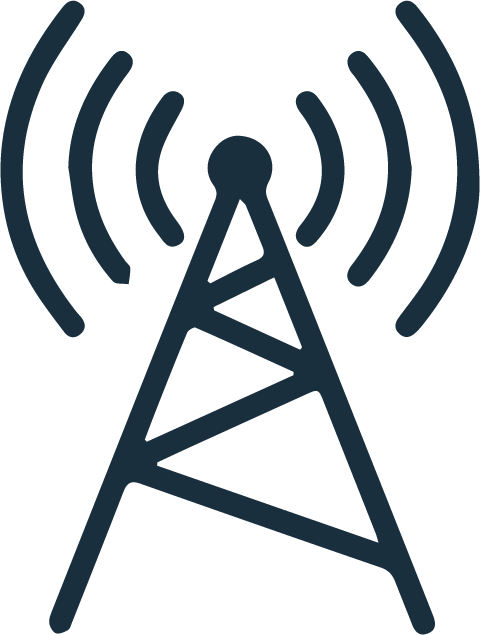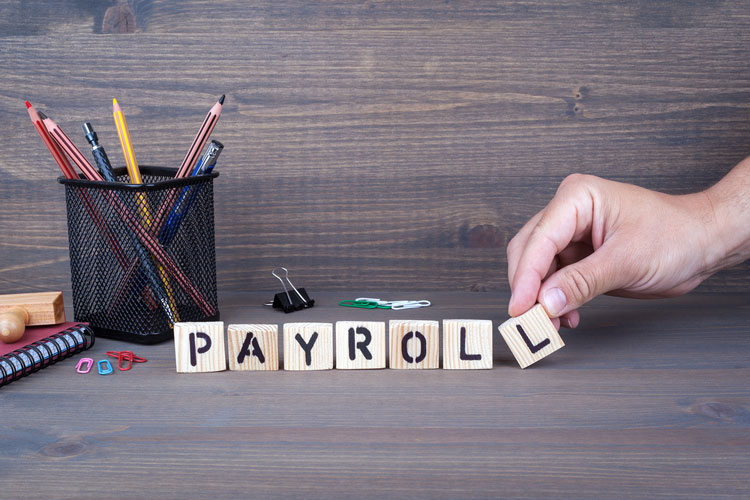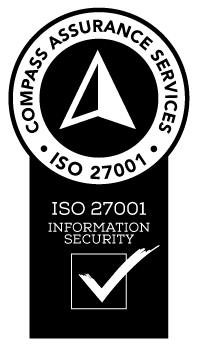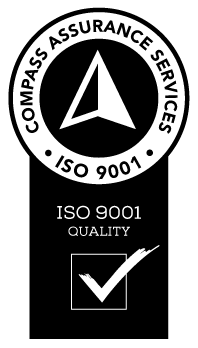Mistakes are an inevitable fact in the professional world, but there are some departments where these mistakes can carry more impact than you may have anticipated. We are of course talking about payroll errors, and the litany of problems they produce when there is not a payroll contingency plan in place. If you’re hoping to tighten and improve your processes in the new year, here is what you should be striving towards to eliminate any chance of a costly payroll disaster. Read on for our payroll contingency plan:
Compliance first
Payroll compliance is the number one way to help avoid a payroll disaster. Making sure your business has detailed policies and procedures surrounding its payroll function is the only way to stop a disaster before it happens. Payroll software is a great solution to achieve compliance. Digital solutions allow your business to keep compliance rules, that if broken, signal to the business management that attention is required to avoid any additional liability. Software solutions include functionality for installing and enacting contingency plans, such as notifications to senior managers or as far as a complete shutdown of outgoings.
Understand what is at stake
Mapping your payroll risk profile is one of the best ways to survive a payroll disaster. It isn’t always possible to avoid disasters, so if they do occur, you need to know what’s at stake. Undertake thorough risk analysis and set up mitigation to each risk, so that if the worst-case does happen, your business is prepared. Getting internal and external consultants to review your business risk profile is a great way to cover all bases. Externals allow you to place your biases under the microscope and identify any blind spots you may have. Knowing your blind spots can be the difference between surviving a disaster and utter annihilation.
Make it known
There is no point having a payroll contingency plan and being the only person who knows how to enact it. Once you have developed your payroll contingency plan, take the time to run each staff member through it that may need to action some part of the plan. Doing this exercise in great detail will help ensure no stone is left unturned in a disaster. It can be useful to ensure that for every employee who needs to know the plan, you have a back-up or two trained as well. In a disaster, if there is leave or absences, the back-up can step up to the plate and help the business survive the disaster at hand.
Back it up
In any business-related disaster, the difference between survival and destruction can often be the record keeping. Accurate and historical records mean your business can restart and learn from where the disaster occurred. Keep electronic records stored in multiple places to help make sure your business is covered in the event of a disaster. By using these back-ups staff can quickly pick up where they left off, as well as diagnosing correctly what caused the disaster. Without accurate records, the business and you, could misdiagnose the disaster and end up going under. Be sure to have the records in an easily-accessible storage space that is separate from existing business servers. Take the time to be diligent with data capture and storage to help survival rates.
Interested in more payroll advice for your business? Check out other similar resources below:
- Not-For-Profits And Payroll
- When Payroll Goes Wrong
- Payroll Metrics
- Remote Payroll
- Questions You Should Be Asking Your Accountant
- Pay Transparency Tips
Mistakes are hard to avoid in a business scenario, especially in a critical function like payroll. Payroll contingency plans aren’t just a buzzword for managers to use, they are critical, necessary documents for navigating through a disaster. If the worst were to occur, a contingency plan is the best way to guide your business towards survival. Talk to our i3Group specialists today about what you can do to tighten up your processes.










































